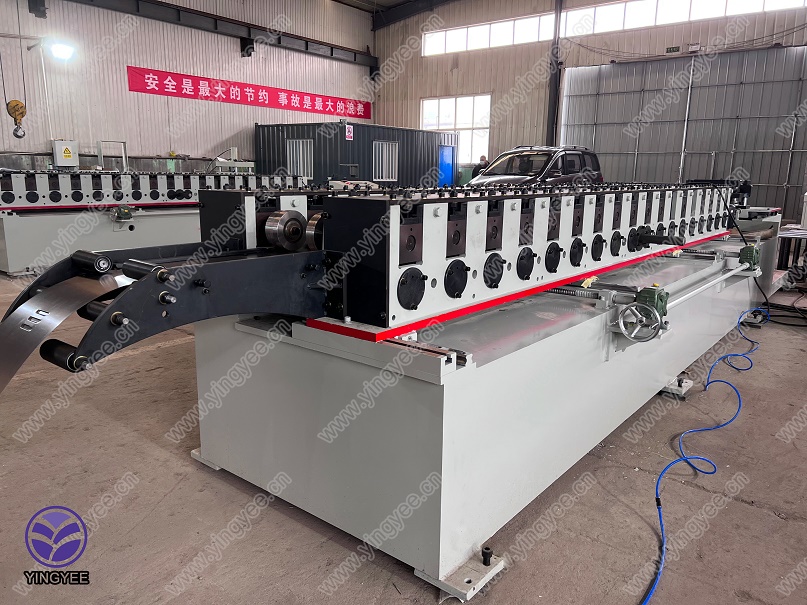
Understanding the Hydraulic Sheet Bending Machine A Key Tool in Metal Fabrication
In the world of metal fabrication, precision, efficiency, and versatility are crucial components that determine the quality of finished products. Among the various tools utilized in this field, the hydraulic sheet bending machine stands out as an essential piece of equipment. This innovative machine not only enhances the bending process but also ensures accuracy and consistency in the production of sheet metal components.
What is a Hydraulic Sheet Bending Machine?
A hydraulic sheet bending machine, often referred to simply as a hydraulic press brake, is a heavy-duty machine used to bend and shape sheet metal into desired forms through controlled hydraulic force. This equipment utilizes hydraulic principles to convert liquid pressure into mechanical force. This allows users to achieve high bending loads with minimal effort, making the process both efficient and effective.
The Mechanism Behind Hydraulic Bending
At the heart of the hydraulic sheet bending machine is its hydraulic system, which consists of a pump, hydraulic fluid, valves, and cylinders. The process begins when the operator sets the parameters for bending, including the desired angle and depth. Once the settings are configured, hydraulic fluid is pumped into the cylinders, which raises a ram fitted with a specially designed tool, known as a die. As the ram descends, the sheet metal placed between the die and the punch is forced into the desired shape.
The key benefit of hydraulic machines lies in their ability to maintain consistent force throughout the bending process. Unlike mechanical machines, where force may vary during the bending cycle, hydraulic systems provide a steady application of pressure. This characteristic is particularly important when working with varying thicknesses and types of metals, as it ensures uniform bends without the risk of material fatigue or damage.
Applications of Hydraulic Sheet Bending Machines
Hydraulic sheet bending machines are versatile and find applications in various industries, including automotive, aerospace, construction, and manufacturing. They are commonly used to produce
1. Chassis Components - In the automotive industry, specific parts such as brackets and frames require precision bending, which hydraulic machines can easily achieve.

3. Architectural Elements - From decorative features to structural supports, the ability of hydraulic machines to create complex bends makes them invaluable in architecture and construction.
4. Custom Fabrication - Many fabricators rely on hydraulic bending machines for custom projects, allowing them to produce one-off designs that meet specific customer requirements.
Advantages of Using Hydraulic Sheet Bending Machines
1. High Precision and Accuracy Hydraulic machines can produce bends within tight tolerances, ensuring that parts fit and function as intended.
2. Greater Force Application Hydraulic systems can apply much greater bending force compared to their mechanical counterparts, enabling the bending of thicker and denser materials.
3. Easy Operation With user-friendly controls and digital interfaces, operators can quickly learn to use hydraulic bending machines, reducing the learning curve and improving workplace efficiency.
4. Versatile Bending Options The ability to adjust parameters with ease allows for a wide range of bending angles and shapes, making these machines ideal for diverse projects.
5. Reduced Maintenance Costs Hydraulic systems tend to have fewer moving parts compared to mechanical systems, leading to lower maintenance requirements and longer operational lifespans.
Conclusion
In summary, the hydraulic sheet bending machine is an integral tool in modern metal fabrication, offering unmatched precision, power, and versatility. As industries continue to evolve, the importance of this machinery cannot be overstated. Organizations that invest in hydraulic bending technology can expect not only increased productivity but also enhanced quality of their products. As the demand for customized and complex metal fabrication grows, hydraulic sheet bending machines will undoubtedly play a pivotal role in meeting these challenges head-on. Whether in automotive chassis production or architectural metalwork, these machines are here to stay, shaping the future of fabrication with each precise bend they make.